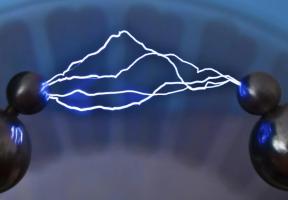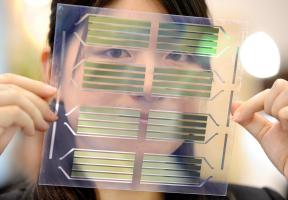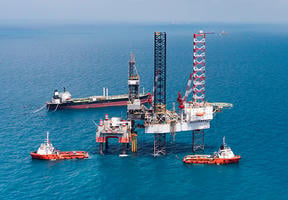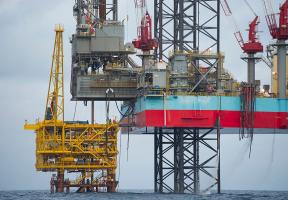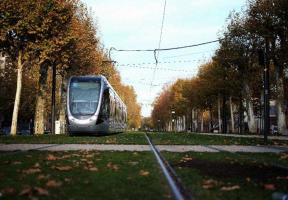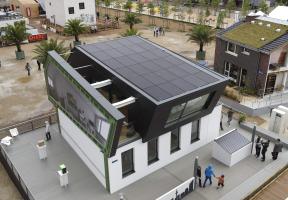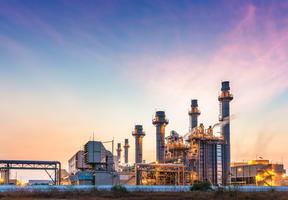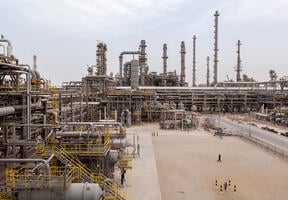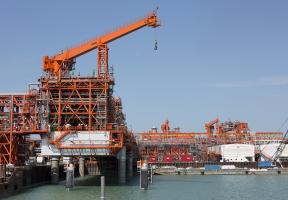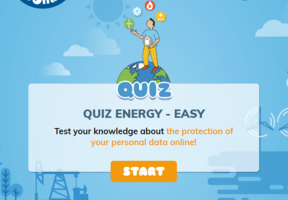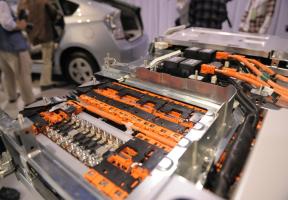What Is “Sustainable Energy”?
Published on 05.05.20215 min read
Sustainable energy is energy that meets present needs without compromising the ability of future generations to meet their own. Preparing for the future therefore means adopting production and consumption methods that deliver this level of .

© Getty - 4kodiak
If the energy we use is to be sustainable, the first condition is that the source from which it is produced must not be exhausted over time. In other words, the energy must be “renewable.”
But that is not enough:
- BEFORE (i.e., upstream), extraction of the raw materials and production of the equipment needed to generate this energy must not be a source of pollution. It is also important to ensure that these processes do not use too much energy themselves.
- AFTER (i.e., downstream), when the energy is consumed, waste due to inefficient devices must be avoided. And then there is the question of what becomes of these devices when they no longer work.
This means that the full life cycle needs to be considered. Let’s take a closer look at the different stages using a few concrete examples.
Which Energy Sources Are Renewable?
Energy is considered renewable when it is produced from a source that is constantly replenished by nature, on a human timescale. This is true of:
- Hydroelectric energy (the force of water in rivers or mountain lakes).
- Solar energy (in the form of
or
provided by photovoltaic solar panels).
-
(converted into electricity by wind turbines).
- Ocean energy (the force of tides, currents and waves).
-
energy (the Earth’s heat).
-
(wood, algae and certain waste matter), which can be used to produce combustible gas or heat.
Fossil fuels ( , oil and natural gas) are renewable too, but only over millions of years. has the advantage of not emitting CO2, but it requires and other finite resources.
Upstream: Careful Use of Raw Materials
- A wind farm generates electricity for years without consuming fuel or emitting CO2. But the pylons, turbines and alternators all have to be built, and huge quantities of concrete need to be laid below the surface to stabilize the turbines. That consumes energy.
- A solar farm comprises hundreds of thousands of photovoltaic cells assembled into panels. The cells are produced from natural elements such as
, which must be extracted. Cables and inverters are also required to convert direct current (DC) into
(AC). And because wind and sunshine are intermittent, storage capacity (e.g., batteries) is needed, and that too consumes energy.
- Battery electric vehicles and
vehicles are increasingly popular these days. But the lithium and “rare earths” needed to produce them are often mined in highly polluting conditions in Latin America or China and then transported thousands of kilometers.
- Wood is a major source of
, but care must be taken to sustainably manage forests, which are vital for storing carbon already in the atmosphere.
The considerations above do not outweigh the benefits of these energy sources, but they must be factored in when analyzing the “life cycle”.
Downstream: Energy Efficiency and Eco-Friendly Habits
Photovoltaic panels wear out after a few years. They must then be dismantled and transported by truck to plants, which consume electricity. The same applies to the removal of wind turbines, or the “scrapping” of old cars.
Most importantly, nothing is gained if “green energy”, produced with all necessary precautions upstream and downstream, is poorly used. If solar and wind energy is used for increasingly powerful air conditioners or refrigerators that are ill-suited to needs, for example, then the result is a vicious cycle of waste that offsets the efforts made to establish virtuous production processes.
For this reason, “energy efficiency” must always be the overriding objective. You should also try to adopt some simple, eco-friendly consumer habits and behaviors to reduce waste.

